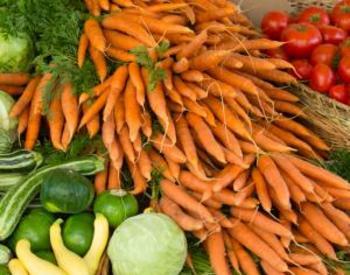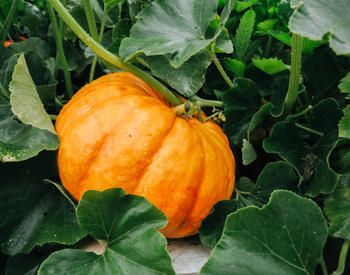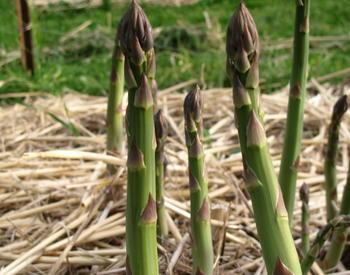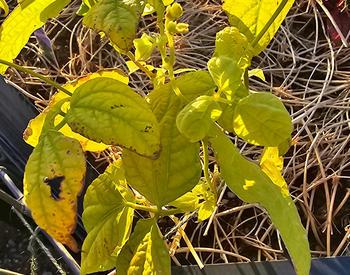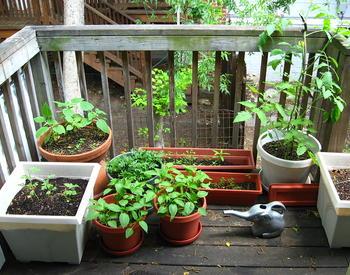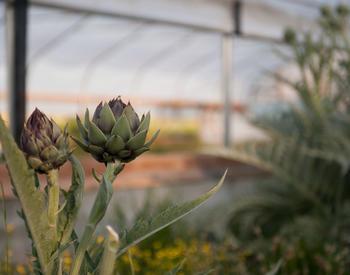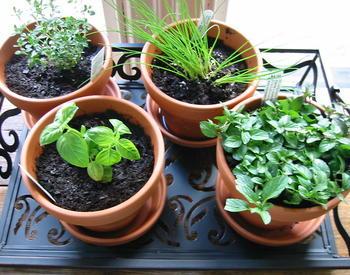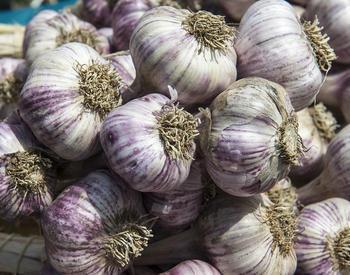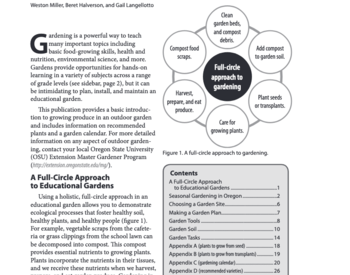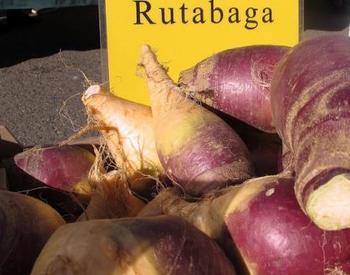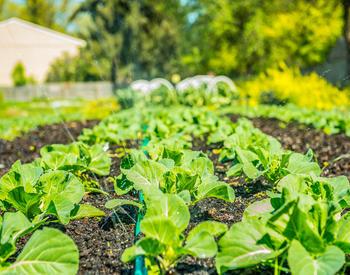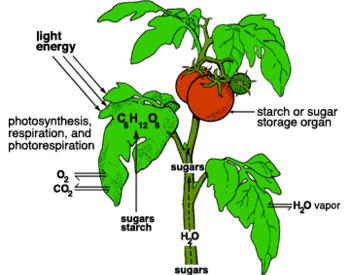Using fresh herbs in cooking adds layers of fragrance and flavor, and can make even simple recipes more interesting and enjoyable. For most herbs, the leaves are the part most commonly used. Cutting herb plants back midseason is a tactic with multiple benefits — it provides a harvest; contributes to strong, well-shaped plants; and delays flowering, which negatively changes the flavor of many herbs.
Depending on leaf shape and how the herbs will be used, there are a variety of ways to preserve the herbs for best flavor and quality. Drying changes and concentrates the flavor of most herbs. The exception to this are the Apiaceae family: dill, cilantro and parsley. These all have a milder flavor when dried. Typically, dried herbs are used in less quantity than fresh due to the concentration of flavor.
Herbs are among the easiest plants to grow and use (exceptions are lavender and tarragon). They are also easy to store for future use. Cut early in the morning or in the evening for best flavor. Following are a few ideas for preserving the herb garden harvest.
Refrigeration
When cut fresh, herbs such as parsley, cilantro, mint, oregano and sage can last up to several weeks in the refrigerator.
Place the herbs upright in a glass container of water, stripping any leaves off the stem if they will be below the water line. Cramming too many stems into the jar will cause premature decay — the leaves and stems need a little room to breathe.
A little lemon juice or a vitamin C tablet added to the water will keep it slightly acidic, deterring bacterial growth and increasing longevity. Alternatively, a mesh produce bag with a moistened paper towel also works. Keeping herbs in plastic bags like those found at grocery stores traps moisture in and causes decay.
Air drying
Simple and easy, there are still a few considerations that will improve the odds when using this technique. Avoid drying in a sunlit place.
When bundling herbs in bands to dry, remove leaves that will be caught inside or near the band. Bind stems especially tight — as they dry, they shrink and will fall right out of the binding if it’s not tight enough. Conversely, the parts of the bundle not near the binding should have some air flow.
Keep in mind that most leaves will change color as they dry. After drying completely, strip the leaves from the stems. Store dried herbs in airtight containers away from sunlight.
Herbed ice cubes
For those who make lots of soups and sauces, this technique will come in handy. Best for herbs like chives, thyme, oregano, savory and parsley, chop fresh leaves into small pieces and put into ice cube trays. Add water, freeze, and store the cubes in another container after they are frozen. Later, when needed, the cubes can be dropped into the soup or sauce for instant bursts of fresh garden flavor. Alternatively, use mint and lemon balm leaves in the same way for tea.
Dehydration
Some herbs may have short stems (chamomile), fleshy leaves (sage) or hard-to bundle leaves (chives) that make bundling and air drying less than ideal. A dehydrator is a handy way to address preservation of these herbs. Basil tends to discolor when air dried — dehydration can result in a more attractive product. Most herbs will dry very quickly using this method. Ideally, collect the products before they are so dry they shatter to the touch — this level of dryness is associated with reduced flavor.
Vinegars
Herbed vinegars last for months, are easy to prepare, and are the basis of numerous salad dressings and meat-seasoning preparations. The acidity of vinegar is preservative, so some level of safe experimentation is possible. This does not hold true with herbed oils, which don’t have the protection of vinegar’s acidity. Colorado State University provides details on how to safely prepare herbed oils and vinegars.
Whether you're an experienced gardener with tons of space or a new gardener with a patio, herb gardening provides opportunities for culinary experimentation.
Herbs can even make the mundane special. A favorite “quick upgrade” used by the author uses prepackaged crescent rolls. Brush a little melted butter onto the sheet of rolls before separating. Scatter thyme leaves and chopped chives, then separate, roll, and prepare the rolls as directed on the package. The result is suggestive of much more effort than was actually expended.
